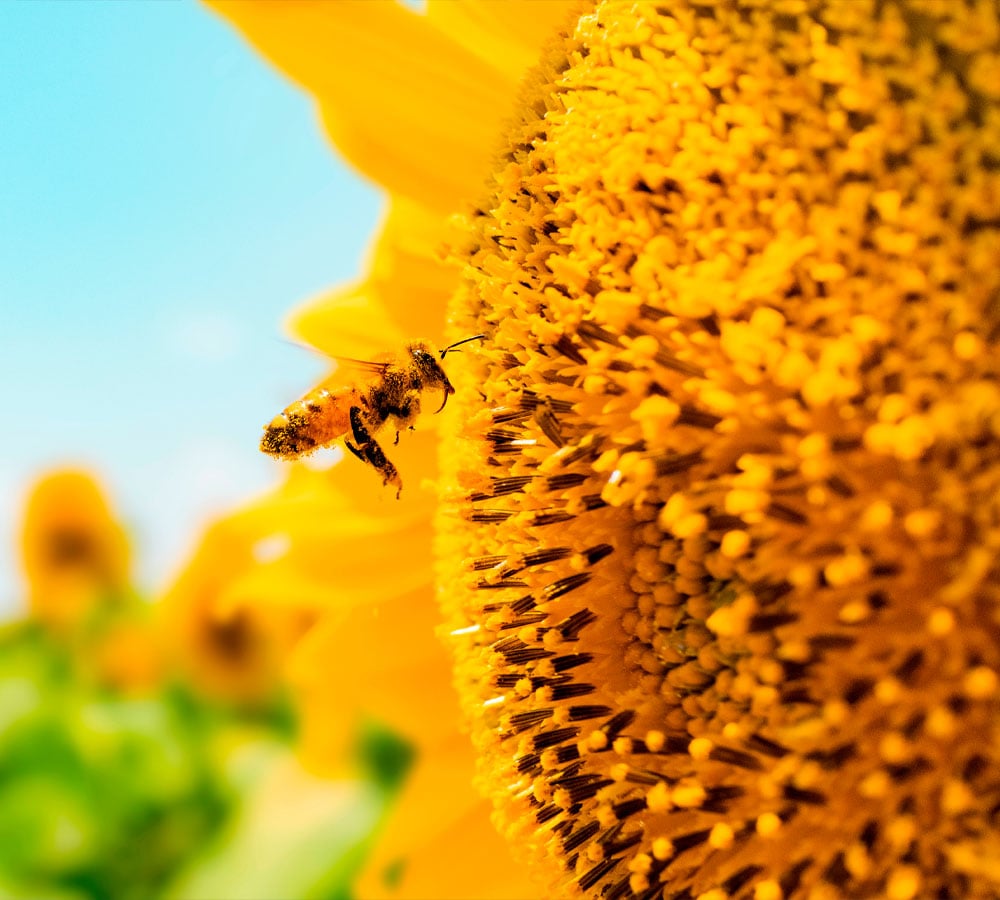You are on your way to work and get a quick coffee for the road at the station. To prevent spills while running to the train, there is a handy lid on the cup. Ideal, but once you've taken the last sip, you're left with an empty coffee mug and lid. Where do you throw those away? And what actually happens to them afterwards?
In this blog, our Zero Waste Officer Milan explores the waste stream of a daily coffee-to-go cup and shares more sustainable alternatives to coffee cups. Read along.
The material of coffee cups
Although a coffee cup often looks like it is made of paper, it is usually made of a combination of materials. The outside is usually cardboard or paper, but the inside has a thin plastic coating, usually polyethylene (PE). This coating prevents the cup from becoming soggy, but makes recycling more difficult.
Why does this coating make recycling so difficult? Our Zero Waste Milan explains. The coating is firmly attached to the paper of the cup. During separation, these two components must be separated. This is a complex process. In specialized recycling plants, the cup is soaked in water to separate the paper from the plastic, but this only works if the cup is clean and free of other contaminants. Unfortunately, however, the latter rarely occurs, so in practice most cups still end up in residual waste and are incinerated.
According to research by the KIDV , about 20,000 tons of disposable paper cups enter the Dutch market each year. In Belgium, the figure is 18,000 tons.
Of these, over 90% are incinerated after use, so only a small percentage are actually recycled. A major reason for this, as mentioned above, is that paper recyclers only accept clean cups, without coffee residue.
Coffee cups without coating
If the coating makes recycling so difficult, isn't it possible to omit it? Milan explains the following.
Paper cups without plastic coating also exist, but these are less common. This is because the plastic cups without coating are less resistant to moisture, so they soak through more quickly. In addition, higher production costs play a role, as the technology to make paper cups without coating leak-proof is more expensive than the traditional method.
What about the plastic lid?
There is often a plastic lid on the cup as well. These lids are usually made of polystyrene (PS) or polypropylene (PP). Although these plastics are theoretically recyclable, most lids do not end up being recycled. This is because they often end up in the residual waste bin and are then incinerated. In addition, they are small in size and often become contaminated with coffee grounds, making them difficult to separate and process.
The impact of the Single Use Plastic (SUP) Directive.
Because a large proportion of cups are burned after use and this has an impact on the environment, several regulations have been introduced to reduce their use. An important example of this is the European Single Use Plastic Directive (SUP Directive). This legislation, adopted in 2019, focuses on reducing disposable plastic waste.
This directive applies to single-use plastic products, including those partially made of plastic, such as plastic-coated paper coffee cups. The main implications for these coffee cups are:
- Marking requirement: Plastic-coated paper cups must have a clear marking indicating that the product contains plastic and information on proper disposal.
- Cost and extended producer responsibility: Producers and importers of these cups are responsible for the cleanup, transportation and disposal of litter caused by their product.
- Consumption restrictions and promotion of reusable alternatives: Companies are encouraged to promote reusable alternatives. For example, deposit systems are increasingly being introduced where cups are returned and washed for reuse. For example, McDonald's has introduced reusable cups with deposits that can be returned for cleaning and reuse after use.
Are there more sustainable alternatives?
Our Zero Waste Officer, wouldn't be our expert if he didn't look at more sustainable solutions. He lists the following:
- Reusable cups: It's an obvious option, but it's still the best choice. More and more coffee shops are encouraging this by offering discounts if you bring your own cup. By the way, bringing your cup of coffee from home in a thermos cup is also a good option.
In other work environments such as construction or logistics, having your own mug is less practical. Cups fall more quickly here and can be damaged. Therefore, these locations often use shared reusable cups, which must be collected and washed after use. A challenge arises here: cups get lost or accidentally end up in the trash, especially if there is no clear collection, Milan says. You see this problem in soccer stadiums, for example, where reusable cups without a deposit are used. Without a financial incentive, cups disappear more easily and are reused less often.
One solution? Deposits on all reusable cups. This encourages people to return them, thus ensuring better reuse. - Innovative materials: companies are working on biodegradable cups with no plastic coating, made from sugarcane fibers or corn starch, that are fully compostable. An example is the Cafea Cup, developed by Coffee Based, which uses coffee bean husks as raw material.
While such innovations are promising, large-scale adoption still lags behind. Production has not yet been widely scaled up and in practice they are far from being used everywhere. In addition, processing and composting pose a challenge, as many industrial composters are not yet equipped for the longer decomposition time of these types of cups. Nevertheless, the growing attention to innovative materials contributes to the development of more sustainable alternatives.
Idea or solution? We'd love to hear it
Do you have an idea or solution for an alternative? We'd love to hear it.

Ask our Zero Waste Officer
Are you unsure whether certain items in your office are unnecessarily ending up in residual waste? Milan is happy to help! Send your question to marketing@milgro.nl, and we’ll get back to you with a solution for your waste stream.
Stay informed
Stay up to date on all developments? Follow us on LinkedIn and Instagram or subsrcibe to the newsletter. Are you curious about what Milgro can do for your business and waste process? Then get in touch.












